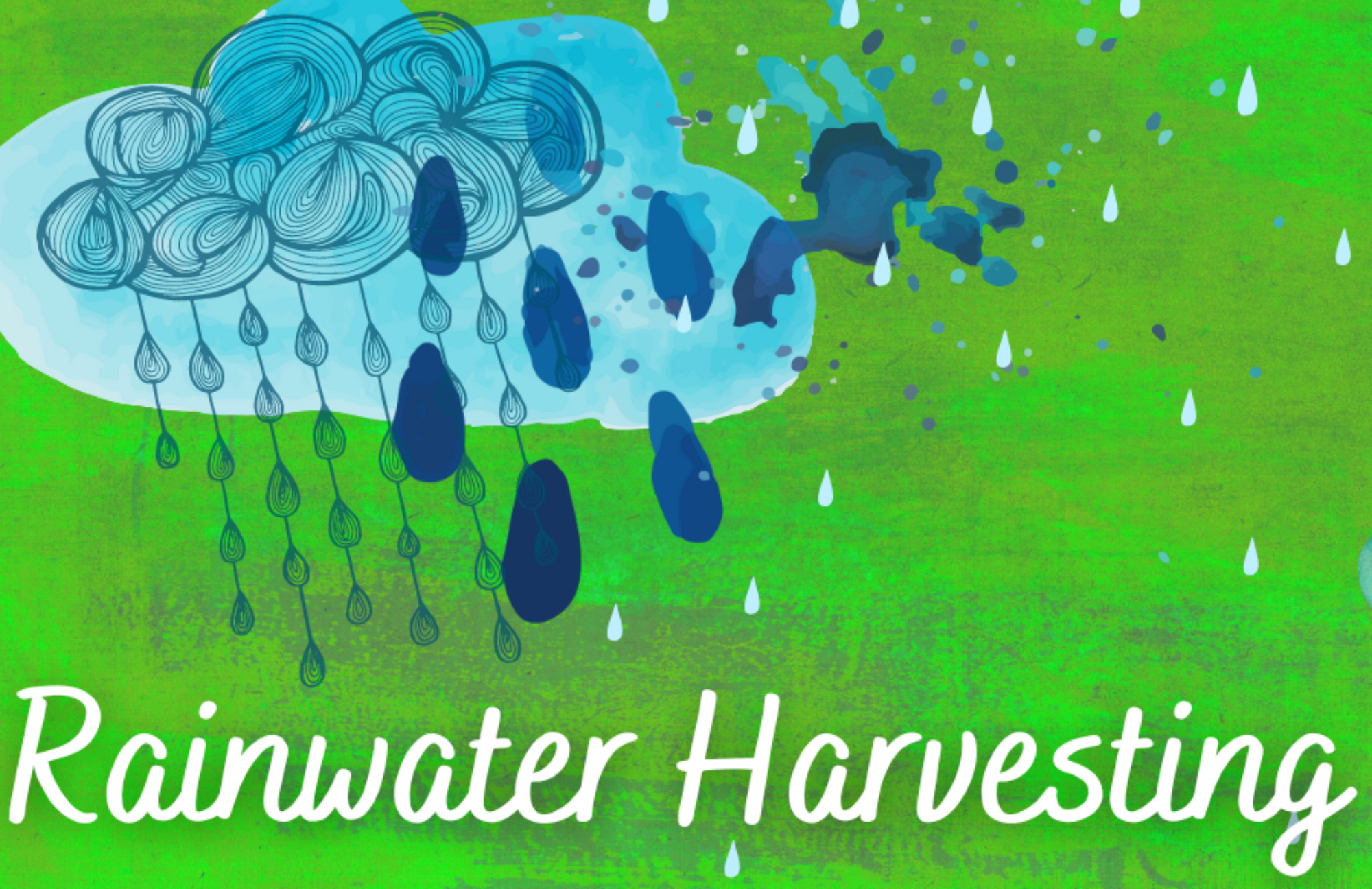Heat waves and droughts. Flooding and extreme events. These are the headlines – and a large part of the reality of climate change.
Mitigating these climate change effects includes building water resiliency faster, and more effectively, than ever before, in every type of community. Water resiliency means green infrastructure that matches the setting and behavioural change built on awareness, adaptive tools and incentives, and accurate information.
In urban settings the evidence shows that infrastructure needs to shift – pavement needs to give way to sinking and soaking water – i.e. being a sponge. It is not enough to plan and to talk about becoming sponge-like. In cities around the globe where sponge-technology is underway, retrofits need to be implemented, and new development needs to take different shape, one that mimics “nature” more closely than it does a “concrete Mecca”.
- China’s cities are undergoing transformation from grey to green – talk is turning to action.
- The news is flooded with recent announcements and changes to local policy in Philadelphia, Berlin to name only two.
In B. C., Vancouver is implementing the Greenest City Action Plan where targets are being achieved: reduced water consumption, increased public awareness about water, and higher water quality results. How much does the Vancouver Greenest City Action Plan consider stormwater and resiliency in the face of 7% more water due to climate shifts? Compared to Berlin, Vancouver is not yet on the path to the sponge city that it could become. And, although Vancouver is not Capetown, the water scarcity reality in the Western United States is very close to home for coastal communities in B.C. It is time for Vancouver to become more sponge-like.
What about rural communities? In B.C., water resilience in rural communities has grown over the last decade thanks to increasing multi-stakeholder group efforts: stewardship groups, and a more expansive and integrated approach to watershed management that crosses political boundaries, integrates social, economic, and environmental capital, and involves local activists, government staff, and decision-makers as well as regional level science and monitoring.
Here is a drought-preparedness summary released two years ago for B.C.
When compared with other parts of Canada (e.g. Newfoundland), British Columbia shows promise for shifting from talk to action where water resilient actions are concerned. But, we still have a long way to go!
Check out these six attributes (Krievens et al., 2015) of resilience and watershed management:
- inclusive participation
- building a shared understanding
- inclusion of ecosystem services and functions in long term planning
- strong leadership
- institutional and decision-making flexibility
- decentralized system
Contact the SSIWPA coordinator about how you might participate in local action for building a climate-resilient community on Salt Spring Island and see the other news posts about various projects in monitoring and local action that are currently underway by SSIWPA member agencies and other community groups on Salt Spring Island.
Finally, please be water smart!
Start today developing your own home plan for water conservation. Every drop counts!
Thank you from SSIWPA.

